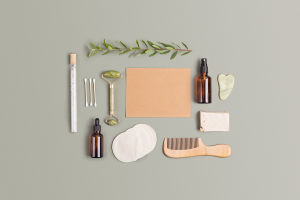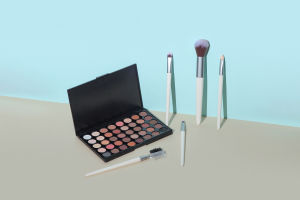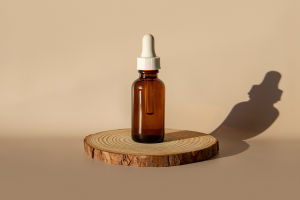As winter rolls in, the colder, drier air can wreak havoc on your skin.
One of the best ways to combat dryness and maintain healthy, hydrated skin throughout the season is by increasing your facial cream usage.
Here's why it's so important and how to get the most out of your winter skincare routine!
Why Facial Cream is Crucial in Winter
Cold temperatures and low humidity levels remove moisture from your skin, leaving it feeling tight, rough, and prone to irritation. Facial creams are packed with hydrating ingredients that help to lock in moisture and create a barrier to protect your skin from environmental stressors.
How Facial Cream Protects Your Skin
During winter, the skin’s natural barrier becomes weaker. This means it’s even more vulnerable to the drying effects of cold air and indoor heating. A good facial cream provides an extra layer of protection, trapping moisture and preventing it from evaporating.
Plus, many facial creams are designed with antioxidants, vitamins, and essential oils that nourish and rejuvenate the skin while helping to repair any damage caused by the elements.
When and How to Apply Facial Cream
To get the full benefits of your facial cream, it’s essential to apply it at the right times and in the right way. Start by cleansing your face with a gentle, hydrating cleanser to remove impurities and dirt without stripping your skin. After patting your skin dry, apply a generous amount of facial cream while your skin is still slightly damp. This helps to lock in the moisture and maximize hydration.
For optimal results, consider using a thicker, richer cream at night when your skin is in repair mode. During the day, a lighter cream with SPF protection can help keep your skin safe from harmful UV rays, which still pose a threat even in winter.
Key Ingredients to Look for in Winter Creams
Not all facial creams are created equal. For winter skincare, look for creams with ingredients such as hyaluronic acid, glycerin, and ceramides. These ingredients are known for their ability to deeply hydrate and restore moisture to the skin. Additionally, creams containing antioxidants like Vitamin C or E can protect your skin from the harsh effects of winter and support your skin's natural repair processes.
Other Winter Skincare Tips
While using facial cream is vital, there are other steps you can take to protect your skin during the colder months. Here are some additional tips:
Humidify Your Environment: Use a humidifier indoors to add moisture to the air and prevent your skin from drying out.
Exfoliate Gently: Exfoliate your skin once or twice a week to remove dead skin cells and allow your facial cream to more effectively.
Avoid Hot Showers: Hot water can remove your skin of natural oils. Opt for lukewarm water when washing your face or body.
Drink Plenty of Water: Hydration starts from within, so make sure you’re drinking enough water to keep your skin plump and moisturized.
Don’t wait until your skin is in trouble—start caring for it now, and enjoy a smoother, softer complexion through the winter months!


